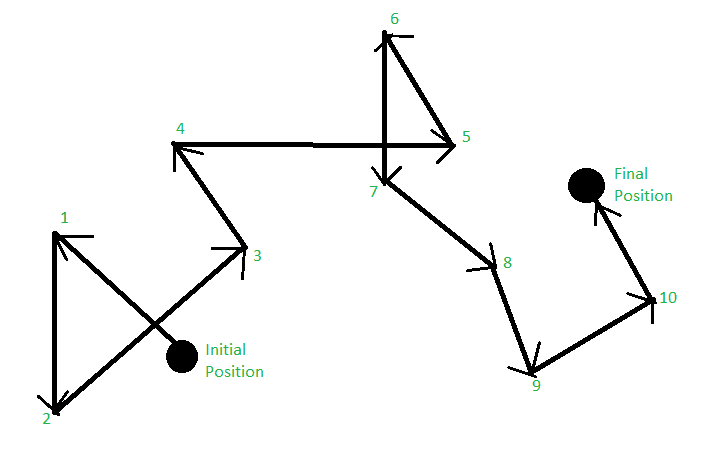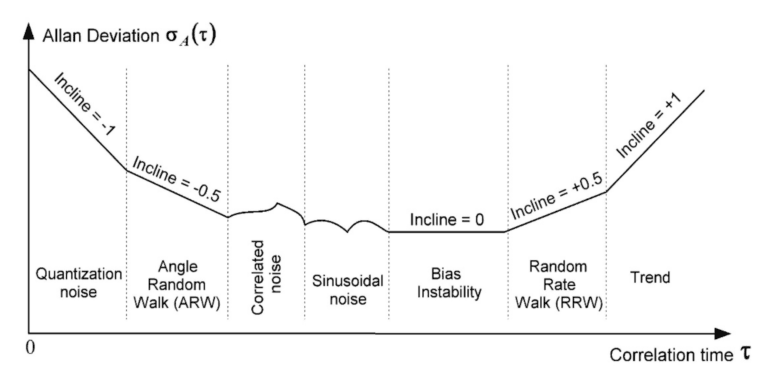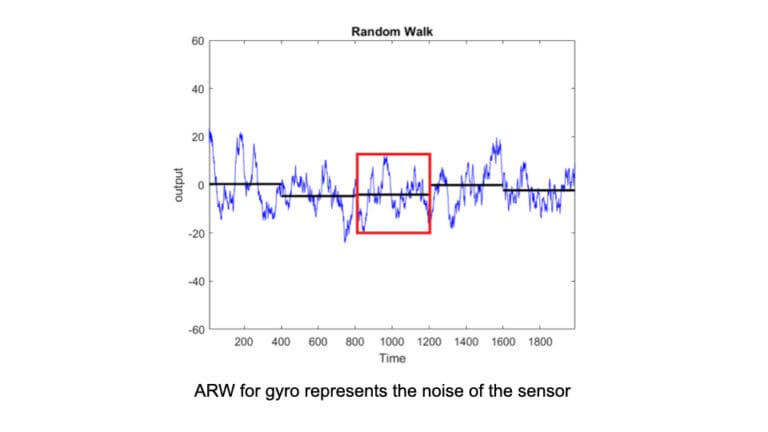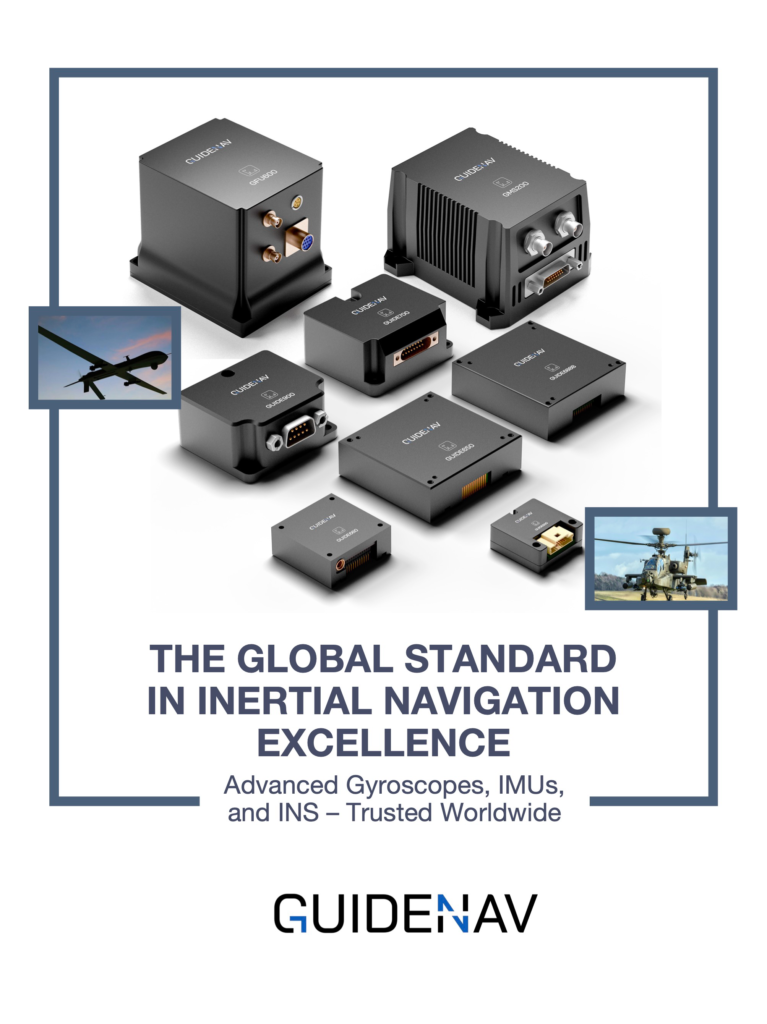In Part 1, we unpacked what ARW is and why it quietly governs the reliability of any IMU-based system. But knowing how ARW works is only valuable if you can design around it. This second part focuses on the practical side: how ARW impacts real UAV navigation, what software can and cannot do, and how I evaluate sensors when failure isn’t an option.
Angle Random Walk (ARW) sets the ultimate limit of IMU accuracy. It cannot be removed by software, only reduced through low-noise sensor selection, stable thermal design, vibration isolation, and effective multi-sensor fusion strategies.
That’s why in this part, I’ll walk you through how ARW shows up in real-world UAV operations, why software alone can’t cancel it, and what practical design choices sensor selection, thermal management, mechanical isolation, and fusion can make the difference between mission success and failure.

Table of contents
How Does ARW Affect UAV Navigation?
Picture this: you’re flying a fixed-wing UAV through a canyon with zero GNSS signal. The autopilot relies entirely on your IMU to hold attitude and keep the flight path stable. For the first few minutes, everything looks solid. But then, orientation starts to drift—slowly at first, then faster. The UAV begins to veer, altitude hold starts slipping, and you’ve lost your reference. What happened?
This is ARW in action. Even with no movement, no thermal gradients, and no vibration, the integrated angular noise is quietly degrading your confidence in pitch, roll, and heading. Once the ARW-induced drift exceeds your flight control thresholds, no amount of PID tuning or smoothing can save the platform.
In my own UAV designs, I treat ARW as the navigation time budget. A MEMS gyro with 0.2°/√h might give you 10–15 minutes of usable stability in a GNSS-denied zone. A tactical MEMS at 0.05°/√h stretches that window. FOG buys you hours. The difference isn’t just performance—it’s whether or not the mission can even happen.
Can ARW Be Compensated in Software?
This is the trap I see far too often: a team runs into orientation drift and assumes it can be fixed in firmware. They add more filtering, crank up the Kalman gain tuning, or stack sensor fusion layers—but the drift doesn’t go away. Because what they’re fighting isn’t a coding bug or a fusion misconfiguration—it’s physics.
ARW is not a bias, and it’s not an offset—it’s irreducible noise. It doesn’t settle with time, and it doesn’t average out like a slow thermal drift. It sits at the bottom of every gyro output, feeding uncertainty into your integration from second one.
Yes, fusion helps. GNSS updates can reset heading drift. Vision systems or LiDAR can anchor pose. But when those fall away—say, in a tunnel or under jamming—your system falls back on the raw IMU, and at that moment, ARW becomes the countdown clock. If the sensor’s intrinsic noise is too high, no software trick will save you.
I tell teams: you can filter ARW’s effects, but you can’t erase it. If your platform needs to fly, aim, or stabilize without external correction for more than a few minutes, choose your gyro with that in mind—or design for failure.

How Do Engineers Minimize ARW in System Design?
You can’t eliminate ARW—but you can design around it intelligently. Every system I’ve delivered with reliable inertial performance started with this question: “How low does my ARW need to be, and what’s the smartest way to get there?” Here’s how I approach it:
- Sensor selection comes first.If your ARW budget is tight, no algorithm will save a cheap MEMS gyro. Start with the lowest-ARW device that fits your volume, power, and budget envelope. In my experience, that decision alone determines 80% of downstream system quality.
- Thermal stability matters more than people think.A well-spec’d gyro can still suffer rising noise with temperature. I’ve seen ARW values double under poor thermal isolation. A stable thermal mass or mild active control makes a real difference.
- Mechanical isolation reduces effective noise.Vibration introduces broadband energy into the sensor’s signal path, some of which gets interpreted as angular motion. Soft mounts or tuned isolators won’t lower ARW itself—but they lower what the system sees as ARW.
- Sensor fusion extends your time horizon.GNSS, magnetometers, barometers, visual odometry—they all help, but only if their own uncertainty is well-managed. I treat fusion not as a patch for bad IMUs, but as a multiplier for good ones.
The key insight? ARW defines the floor. Everything else builds from it. If your sensor is noisy at its core, every layer on top—filters, estimators, fusion—will inherit that uncertainty.
What Should You Look for in an ARW-Sensitive Application?
When you’re selecting an IMU for a mission-critical platform, you’re not just choosing a spec—you’re choosing a failure timeline. ARW tells you how long your system can fly, steer, aim, or stabilize without external correction before uncertainty takes over. That’s why I treat ARW as the defining variable in IMU selection.
Here’s how I frame it:
- If your GNSS dropout window is under 5 minutes, and you only need rough orientation, industrial MEMS (0.1–0.5°/√h) might work. Just expect your filter to fight drift the whole time.
- If your platform must stay stable for 10–20 minutes, as in ISR UAVs or vehicle-mounted optics, tactical MEMS with ARW in the 0.05°/√h range are your minimum entry point. I never use consumer-grade sensors here—no exceptions.
- If you need hour-level trust—marine navigation, rail systems, airborne weapons—FOG is no longer optional.You’ll need ARW below 0.01°/√h, and more importantly, the consistency and environmental resilience that FOG architecture provides.
In every design review I run, I ask: “What happens when the external references drop?” If the answer is “we degrade slowly and predictably,” that’s ARW doing its job. If the answer is “we’re lost in under 3 minutes,” you chose the wrong IMU.

ARW as the Benchmark for Choosing the Right IMU
Angle Random Walk is not just a number hidden in a datasheet—it is the benchmark that determines whether an IMU can be trusted in mission-critical applications. Engineers in defense, aerospace, and maritime domains know that low ARW is the difference between systems that drift within minutes and systems that remain stable for hours or even days.
At GuideNav, we focus on this very benchmark. Our IMUs and FOG-based navigation systems are engineered with industry-leading ARW performance, ensuring accuracy in GNSS-denied environments, long-endurance UAVs, and precision stabilization platforms. Whether you need the compact efficiency of tactical MEMS or the rock-solid stability of navigation-grade FOG, GuideNav provides solutions tailored to the demands of mission success.

